FCC Licenses for Two-Way Radios
Those new to two-way radio are often concerned about FCC radio licensing, which varies between two-way radio types, which is generally determined by the band they can transmit on and how.
This page answers people’s most frequent FCC licensing questions about popular two-way radios, including CB, SSB CB, GRMS, and amateur HAM two-way radio communications.
For more details, our book Radio Free Earth: The Complete Beginner’s Guide to Survival thoroughly explains everything you need to know.
But here are quick answers to the most common questions.
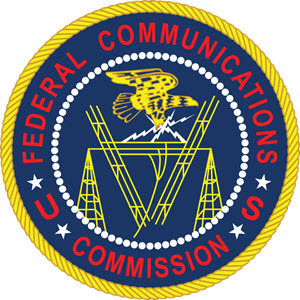
- Do I need a license to buy a two-way radio? No, you can purchase any amateur two-way radio without a license, or even knowing how to operate it.
- Can I operate a two-way without a license if one is required? You can listen to radio traffic using any citizen or amateur two-way radio without a license, but only in receive mode. For example, scanners and some radios can monitor aircraft frequencies and are popular with airplane watchers.
- When must I possess an FCC license to operate a two-way radio? Licensing is only required when using specific types of two-way radios in transmit mode to communicate over the air with others. This will be explained in more detail below.
- How difficult is it to obtain an FCC radio license? For some types of two-way radios, there is no need to pass an FCC examination to obtain a license. With others, you can get a license without taking a test; with some, you do not need to get one. This will be explained in more detail below.
This page offers two classes of radios: consumer radios that do not require testing and amateur two-way radios that do. The FCC determines the features, range, and capabilities of all two-way radios sold in the United States, and all types are excellent.
Watch our Post-Disaster Communications videos to help organize a survival communications plan that fits your needs and budget.
Consumer Two-Way Radios – No Testing Required
CB Radio
Citizens Band (CB) radios are a popular two-way radio service for short-distance voice communications. You do not need a license to operate a CB radio in the United States. However, adherence to FCC regulations is mandatory for legal operation.
CB radios continue to maintain a significant presence in the trucking industry. According to a 2021 survey conducted by Overdrive Online, 54% of truck drivers reported using their CB radios daily for various purposes.
CB radios are limited to 4 watts for AM transmissions. Under ideal conditions with standard equipment, CB radios typically provide a range of approximately 3-7 miles.

CB radio signals can travel along the ground and sometimes bounce off the ionosphere with skip propagation (also called “skip” or “DX” by CB enthusiasts), which potentially allows for longer-distance communication.
SSB CB
There are two CB radio types: standard CB, which is popular with truckers, and Single Sideband CB (SSB CB), which is popular with home-based operators. You do not need a license to operate an SSB CB radio in the United States but must comply with the FCC rules governing these frequencies.
For enthusiasts, preppers, and survivalists, SSB CB radios offer the range advantage of more expensive HAM radios without the need to pass a licensing test. They are the best first radio for anyone seeking to communicate near and far with the least complexity and cost.
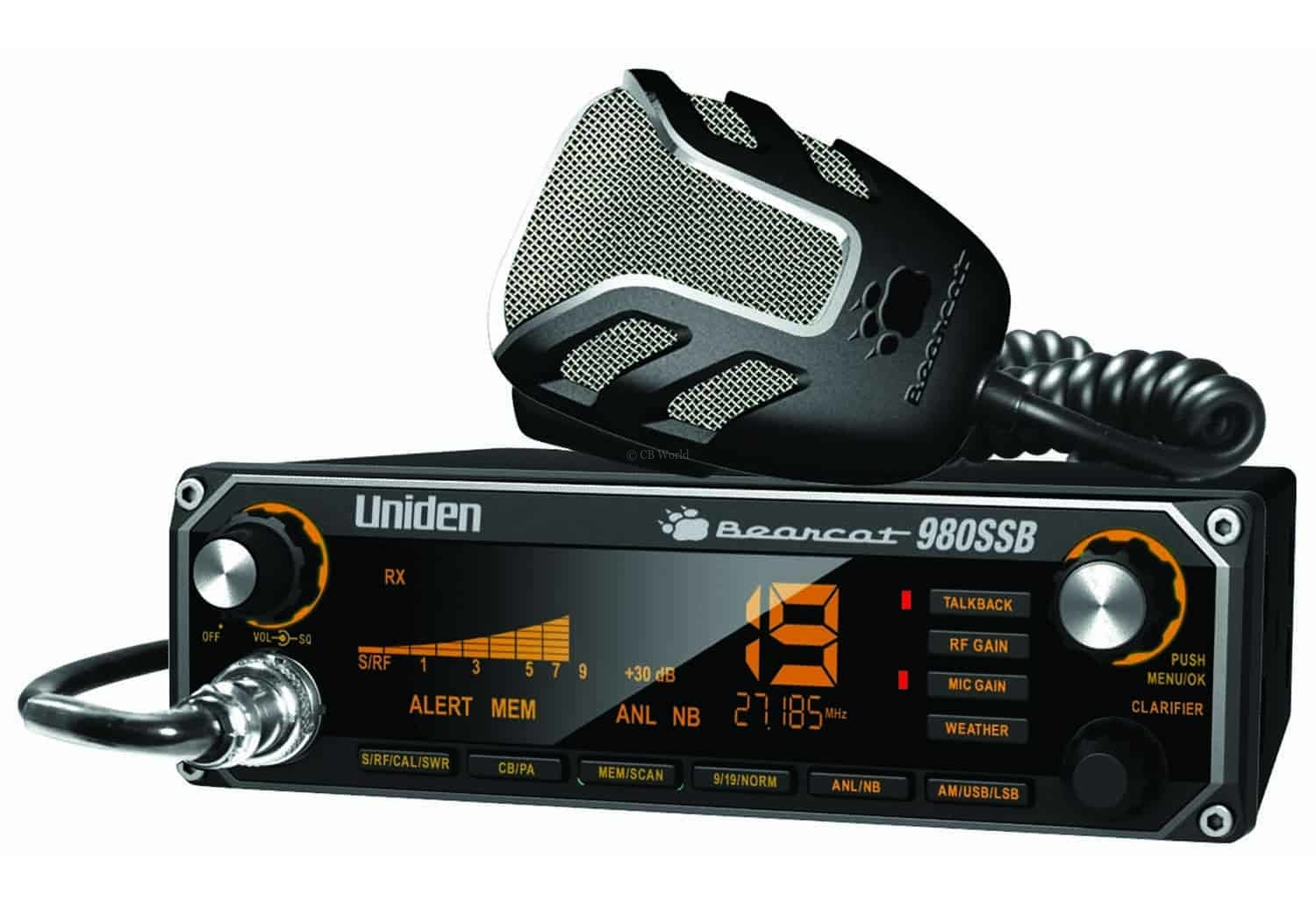
This added transmit power is due to the FCC changing the 11-meter ham band to Citizens Band (CB) radio in 1958. Before this change, the 11-meter band (26.960 to 27.230 MHz) was allocated to amateur radio operators, who routinely work in the adjacent 10-meter and 12-meter bands.
Consequently, while CB radios are limited to 4 watts for AM transmissions, SSB CB radios can transmit up to 12 watts because they are essentially stripped-down HAM radios operating in the 11-meter band. They are powerful, affordable, and ideal for preppers. Watch our Citizens Band Radios for Survival videos to learn more about their amazing capabilities.
Unlike standard CB radios with random skip for longer ranges, SSB CB radios offer excellent skip propagation and perform better for skip communications. Consequently, SSB CB signals can travel hundreds or even thousands of miles under the right conditions. Some SSB CB operators on America’s East Coast often report they can reliably contact other operators in Western Europe.
GMRS
The General Mobile Radio Service (GMRS) is a licensed radio service regulated by the Federal Communications Commission (FCC) that uses channels around 462 MHz and 467 MHz. GMRS signals operate at higher frequencies, providing better penetration through obstacles and more transparent communication in varied terrain.
You need a license to operate a GMRS radio in the United States. No test is required, and the license covers all members of the licensee’s family. Family members can operate GMRS stations and units within the licensed system regardless of age.
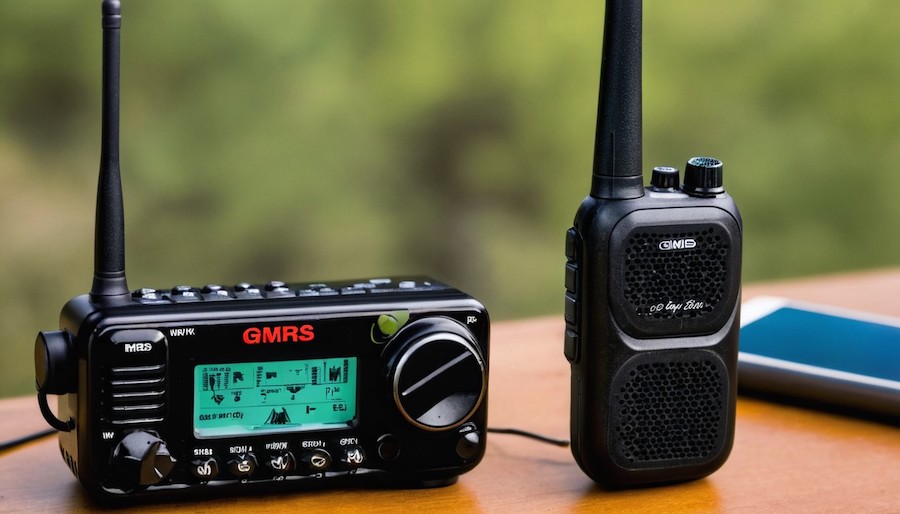
GMRS radios can transmit with power levels up to 50 watts, substantially increasing their effective range. GMRS (General Mobile Radio Service) operates primarily on a line-of-sight basis. Under certain conditions, the optimal range of a GMRS radio is 65 miles.
The licensing process involves a few steps, and the current fee is $35 for a license that remains valid for 10 years, however, one of the significant benefits of a GMRS license is that it covers not just you but your entire immediate family, including your spouse, children, grandchildren, stepchildren, parents, grandparents, stepparents, siblings, aunts, uncles, nieces, nephews, and in-laws. Everyone must comply with the FCC rules governing these frequencies.
Amateur Two-Way Radios – Testing Required
Technician Class
An entry-level license for most new ham radio operators, and you must pass a 35-question multiple-choice examination. Technician licensees typically engage in local communications, often using repeaters to extend their range.
This license class is ideal for amateurs seeking a quick and affordable way to use low-power, handheld walkie-talkie radios, also called handy talkie radios. These terms are often used interchangeably to refer to the same type of device.

Full operating privileges on all amateur bands above 30 MHz. Privileges include:
- Primary access to the 2-meter band (144-148 MHz) and 70-centimeter band (420-450 MHz)
- Limited privileges in portions of the HF (high frequency or “shortwave”) bands
- Morse code privileges in four HF bands between 3 and 30 MHz
- Voice privileges between 28.3 and 28.5 MHz with a maximum of 200 watts of power
Morse Code proficiency is no longer required, and while test preparation and planning used to take weeks, you can prepare for your test with a popular fast-track method called Ham Cram in a matter of hours. See our Ham Cram page for more details.
General Class
The General class License is the intermediate license that opens the door to worldwide communications and is most popular with serious radio operators.
The significant advantage of becoming a general class operator is the ability to communicate globally on a broad range of frequencies using the ionosphere to refract radio signals, allowing them to “bounce” between the sky and ground over great distances.
Morse Code proficiency is no longer required, and you can prepare with a popular fast-track method called Ham Cram. See our Ham Cram page for more details.
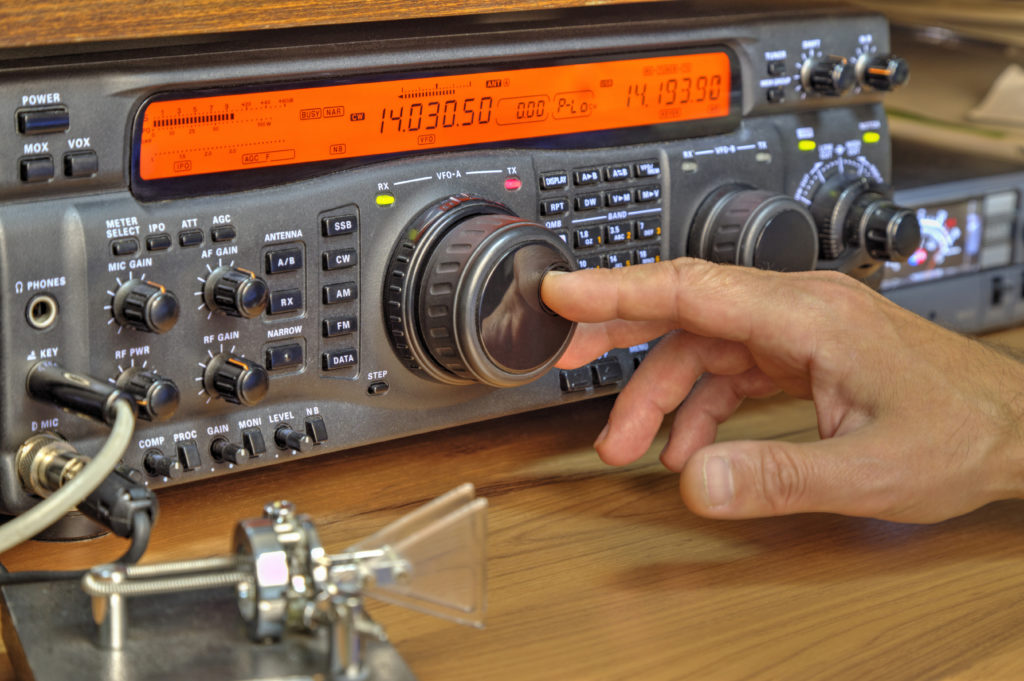
This Amateur Radio class license is the most popular with HAMs. You must already hold a Technician license or pass the Technician exam to obtain a General class license and pass an additional 35-question examination. Privileges include:
- All Technician privileges plus extensive access to the HF bands
- Access to over 83% of all amateur HF bands
- Significantly more HF privileges, enabling long-distance (DX) communications worldwide.
The good news for those who start with an SSB CB: the technical transition to shortwave communications with a General license is the easiest because the core features are essentially the same. The big difference will be with the extras, such as filters.
Amateur Extra Class
The Amateur Extra class license is the highest-level license, conveying all available U.S. Amateur Radio operating privileges. To obtain this license, you must already hold a Technician and a General license or pass both the Technician and General exams.
Morse Code proficiency is no longer required, and you can prepare with a popular fast-track method called Ham Cram. See our Ham Cram page for more details.
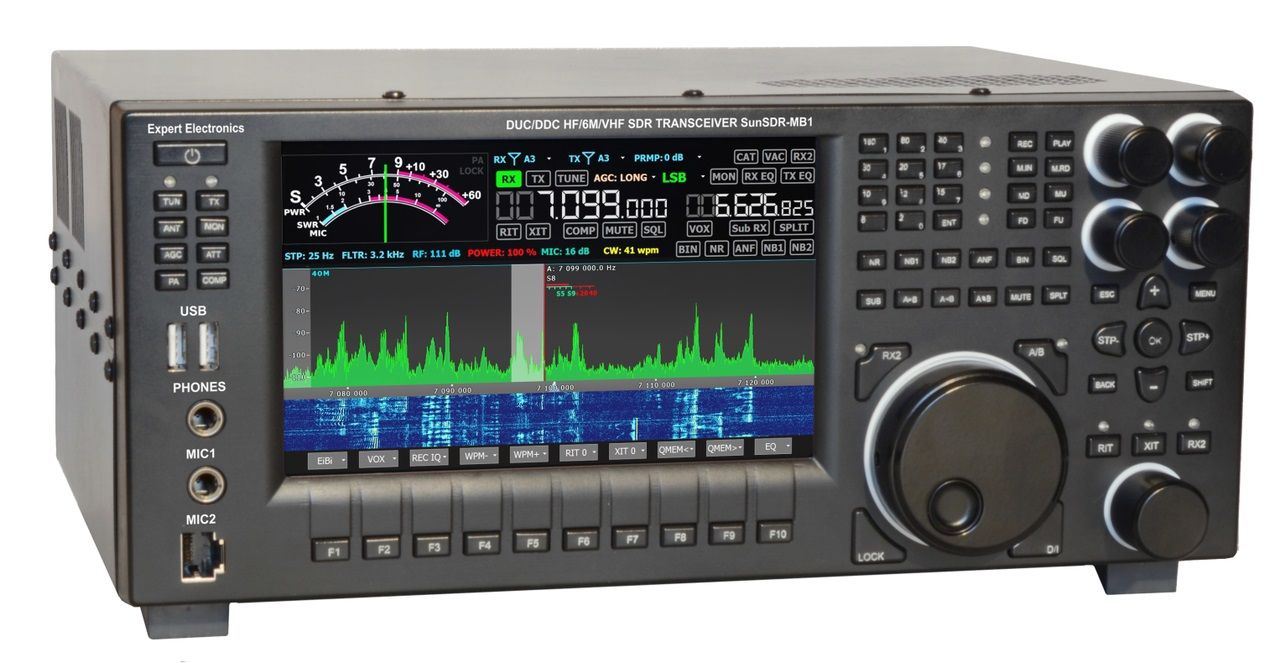
Testing for this license is the most difficult part, with a 50-question examination. Privileges include:
- All General class privileges plus additional segments within the HF bands
- Full access to all amateur radio frequency bands and modes
- Complete operating privileges on all U.S. amateur radio bands
The Amateur Extra license significantly increases knowledge of radio science, electronics, and operating techniques. This license class is popular with radio engineers and technicians.
A Ham with an Amateur Extra Class license is desirable for communities with a robust communication plan.
